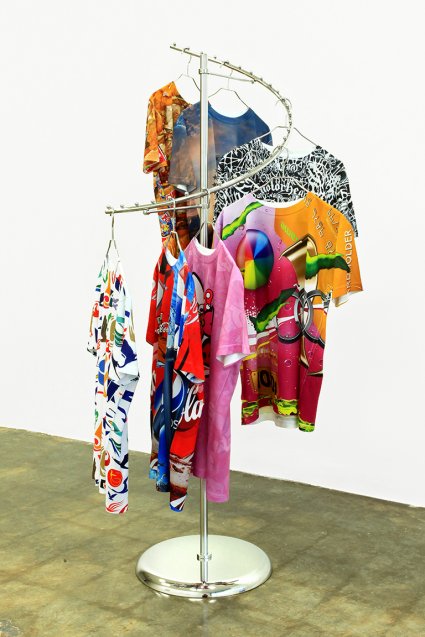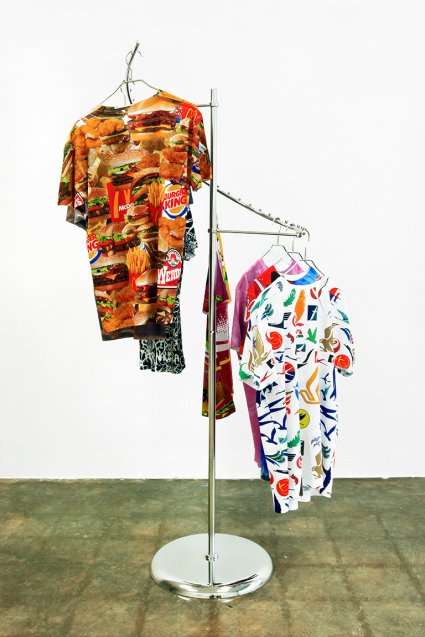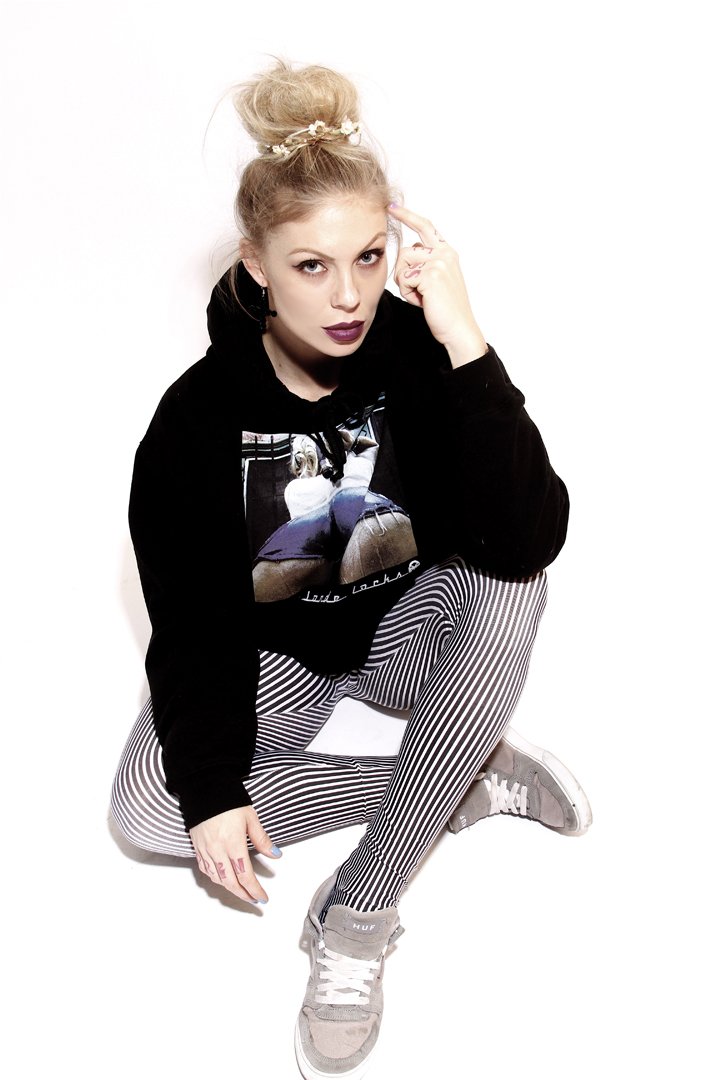Art by Julius Hofmann
Julius Hofmann doesn’t illustrate invented stories. He portrays what is inside him: doubt and fear, possible danger and threats, and he plays with temptations, metamorphoses and masquerades. His stories come into being during painting, and are made with brushes and paint, and also with saws, cutters, cardboard, glue or on the computer. Their meaning changes, is expanded or deleted, often faster than they came into being. Julius Hofmann is a filmmaker. He’s a filmmaker, but above all he’s an actor, a make-up artist, a set designer, a cameraman, a editor, a sound engineer and director, all in one. His films, though few, are nevertheless of high quality, and compact in an oppressive way, just like his paintings, which look like condensed films. It is implied that things have happened and that afterwards anything is possible. A road to a dark forest, water that is devoured by the night, a shadow kingdom behind a wall. The young artist appears to have left behind trails, tempting us to look at something.
Hofmann feels connected to the romantic artists, who always left something open, something to guess at. Like them, he doesn’t feel comfortable with the classical harmony of ‘noble simplicity and silent greatness’. He’s closer to symbolism, just as Francis Bacon, who suppressed his doubts and loneliness with the images he made. But examples aren’t the starting point of the word of forms and motifs of Julius Hofmann. His starting point is the tension between the flood of media images that surrounds him, which he dissects with his keen glance, and the world of silence that he soaks up for his wealth of images and souls during his long cycle rides. In the beginning there is only chaos. Within that he starts weaving his threads and from that he constructs his paintings. Some have enticing, friendly colours, others are brightly coloured. There aren’t many figures, but they are full of symbolism. The most prominent character in the paintings and films is a man with a dog mask. The mask makes him both invisible and acts as a protective helmet, to combat villains and to suffer together with prisoners. Murderers appear too, but they already show the face of death. Femininity looks like cast porcelain and mobile technology is indispensable for the image world of the painter and sculptor. Here, he is a man of his time. But he is also someone who tests the designer’s harmonies and looks for the boundaries of destruction.
Julius Hofmann makes a breach in the wallpaper of our daily image mania and gives us a view of his world. Better yet: He tempts us to discover a counter-world that looks fierce in order to protect something fragile. (Bernd Sikora)
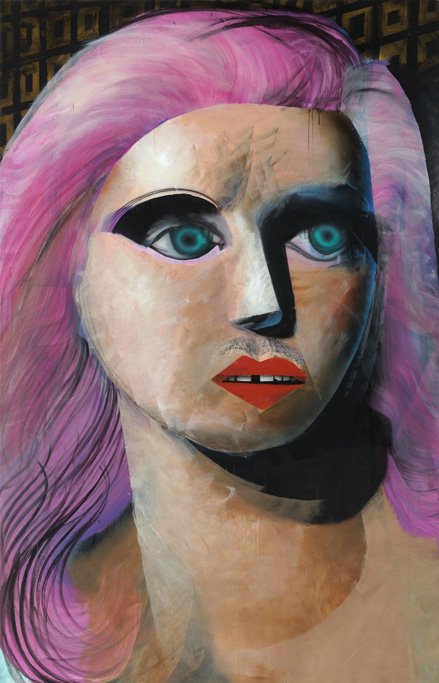
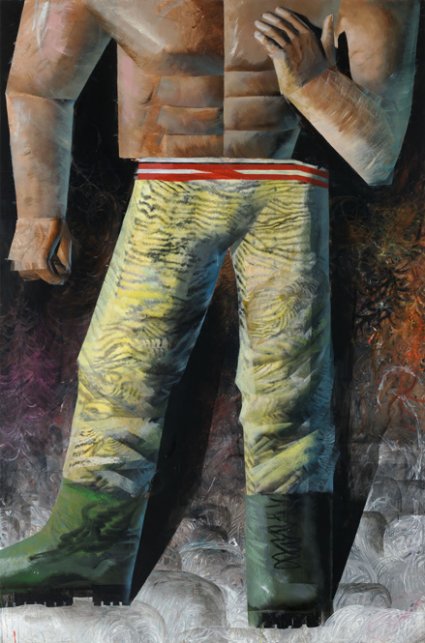
Gabby Mejia Wearing KRELwear
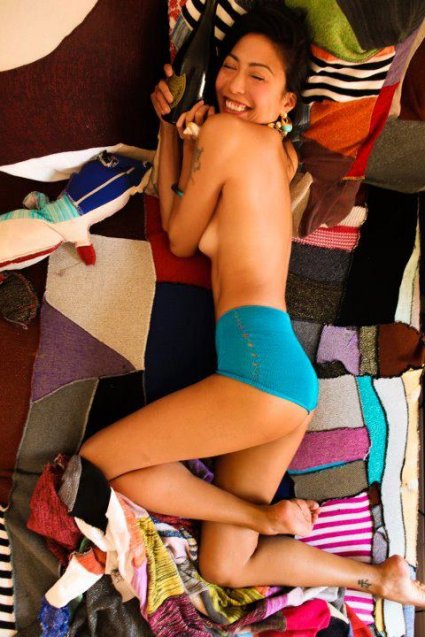
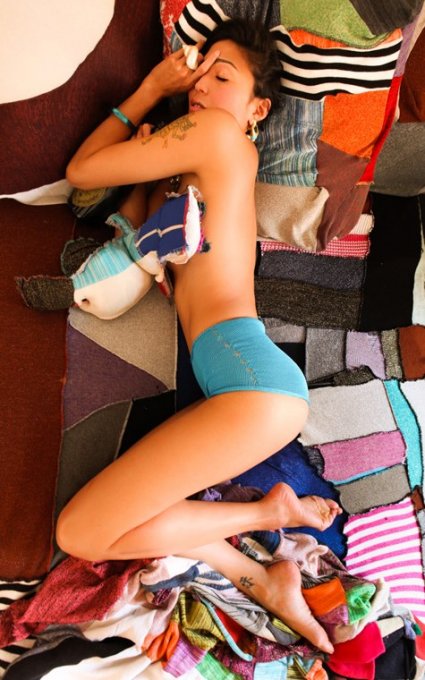
KRELwear was recognized as a GenArt "Fresh Faces of Fashion" Among its list of thrilled garment owners are: Alanis Morrisset, Christina Ricci, Carmen Electra, Pink, Cameron Diaz, and Natasha Lyonne. The line is available in boutiques around the U.S. and Japan.
Lazy Habit - Jules Renard
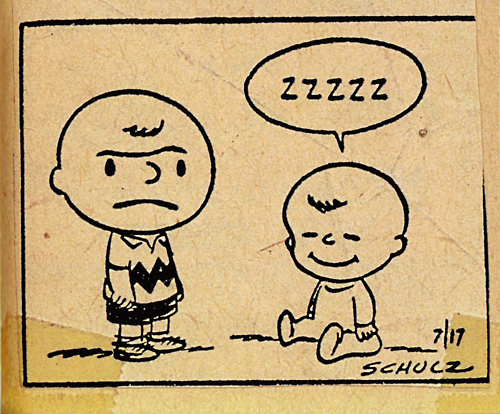
Vintage Camel Ad with Cowboy
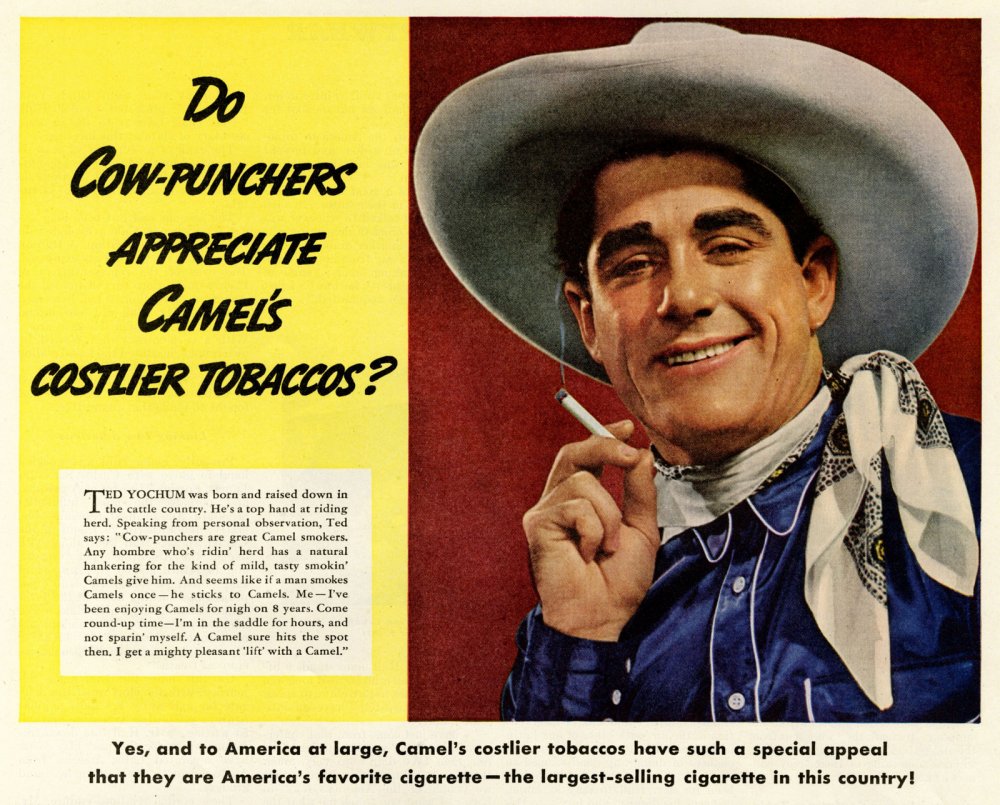
Man Finds Rare Superman Comics Inside Wall
David Gonzalez recently unearthed a copy of Superman #4 from the spring of 1940, ComicConnect.com COO Vincent Zurzolo told The Huffington Post on Friday. The comic could be worth between $500 and $5,000, Zurzolo estimates.
"It's amazing to me that he's still finding stuff," said Zurzolo, who has been in touch with Gonzalez since ComicConnect hosted the bidding for the first find.
Gonzalez previously told ABC News that he had come upon another antique issuethat featured Superman fighting dinosaurs, but he had yet to identify it. Zurzolo explained there was a delay because Gonzalez took some time to locate the cover.
The front of Superman #4 shows Superman holding up collapsing columns with Lex Luthor in the foreground. In the story, Superman battles a pterodactyl reproduced in Luthor's lab, according to Comic Book Religion.
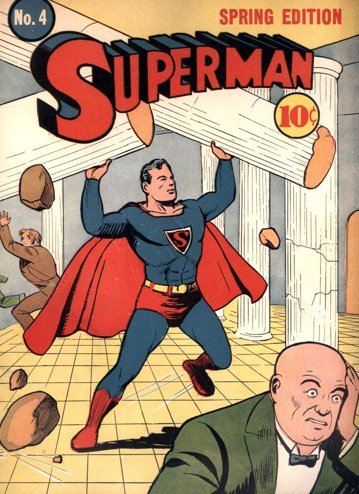
Tonight - Max Snow - Please Please Please
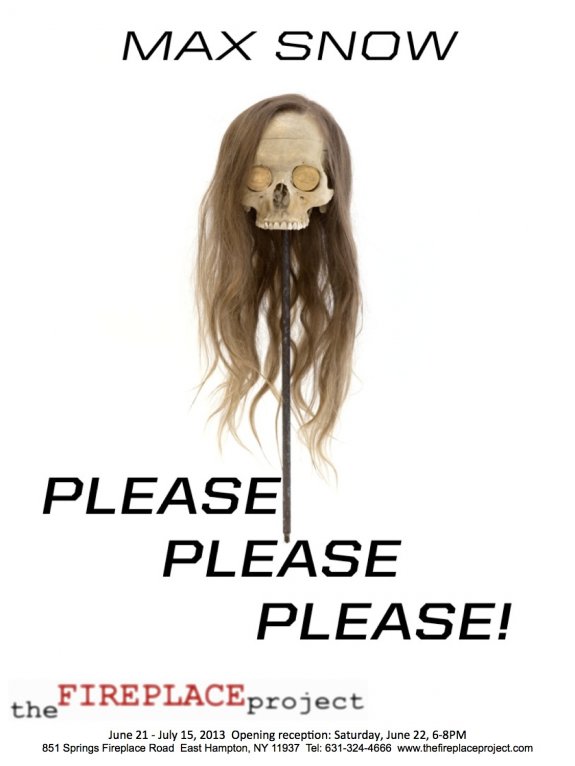
Ghetto Marken-Discount
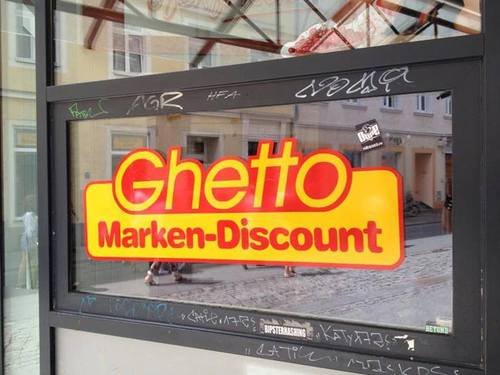
Secret Radiation Weapon Offered to KKK
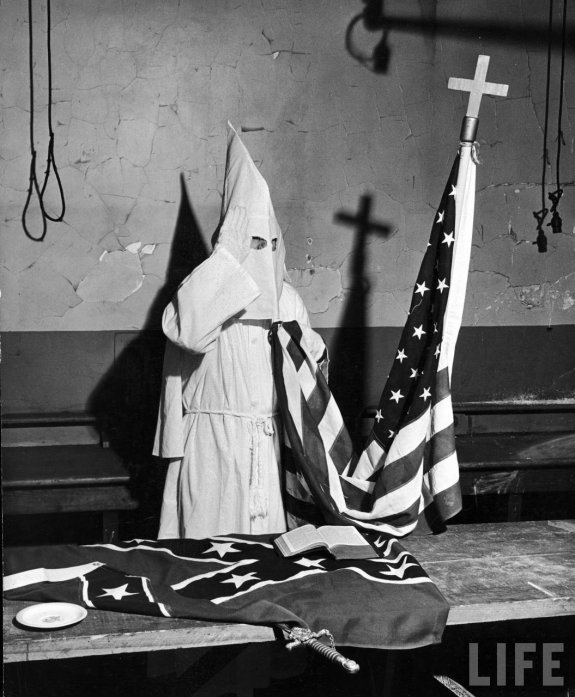
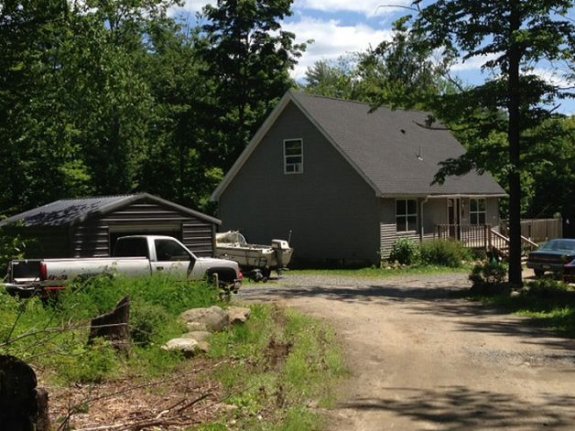
The Cramps Chick!
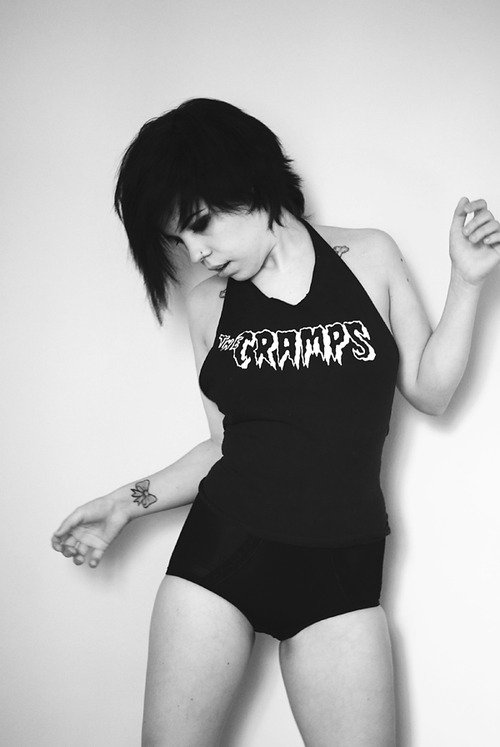
Maybe Legal Apparel
Q & A with Tesoro Carolina
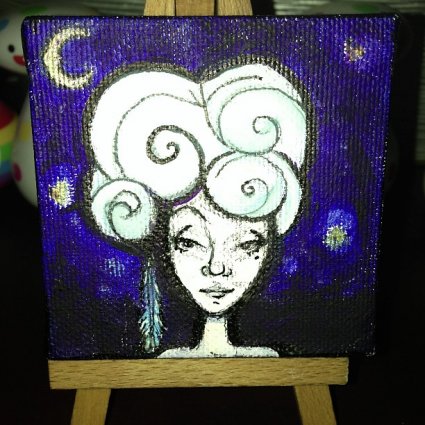
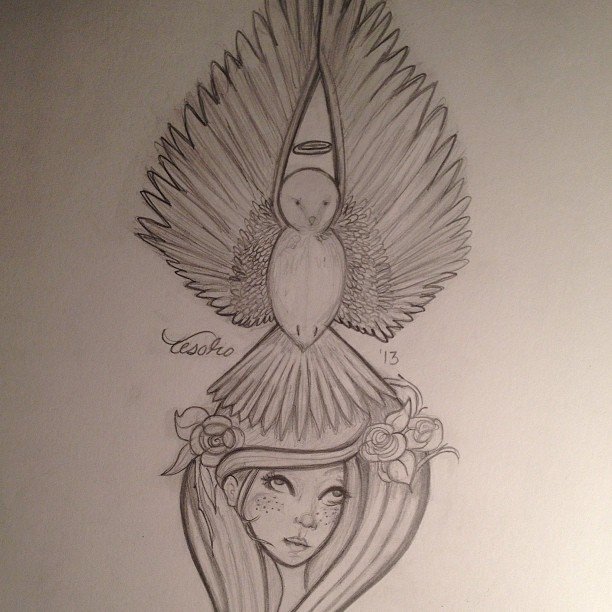

How did you get into art?
I guess the beginning would be my mom. She saw that I was a hyperactive child and instead of giving me computer games she always bought me arts and crafts kits. She always gave me something to do. By the time I was old enough to ask for things, that’s what I would ask for. I was home schooled most of my life. I never had the opportunity to develop in high school art classes. When I got to college I took two key classes that changed my life, figure drawing by Jennifer Basil and Intro to photography by professor Tony Chirinos.
Meet Tesoro Carolina, born in New Orleans and raised in sunny Miami this young artist has always been a Miami girl, with some serious talent….
When did you start to take art serious?
When I was about 19 or 20. I knew when I started college that all I wanted to do was submerge myself in the arts. At first I was really apprehensive and I did not feel like the art world was for everyone, like only blessed prodigy children. Little by little I learned that I can do it, I can do what I like. I quit school and began apprenticing at a tattoo shop, I was able to learn from all different types of artist. I found work with amazing and talented curator Anthony Spinello, whom really opened up my artistic pallet as well as aid my thirst to create art of my own.
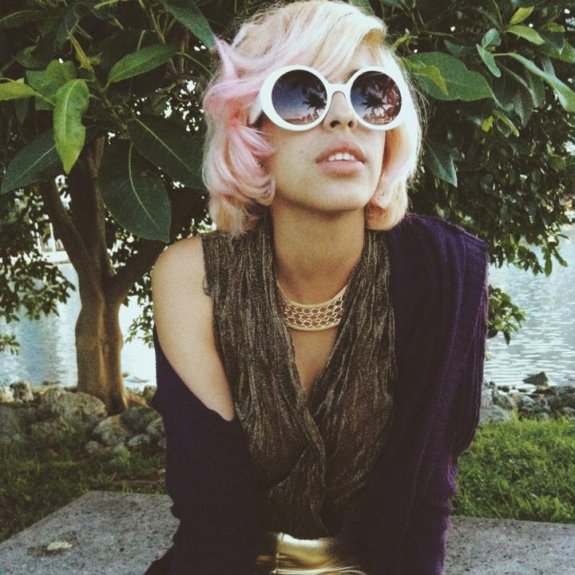
What medium did you start out with?
I started with what came easier to me and photography was the first thing that I could do. When I was a young girl I was always fascinated with the fact that you can capture moments like that. It was almost insane. It blew my mind. I started taking pictures and little by little I would just start drawing on the side.
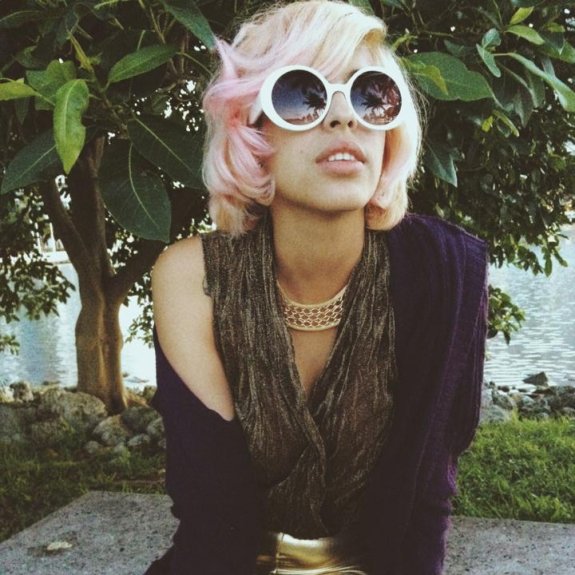
Do you still do photography now?
Yes. My photography is mainly about people. I do not do scenery photography. It is all about portraits. One of my jobs is with the Miami New Times. They send me to events and I take pictures of people having a good time. I love it. I love the interaction with another person. Usually I have to tell them, hey I wanna take your picture, do you mind? And everyone is ready, posing and acting a fool. I love it! I am not really into catching people off guard just because I feel that it’s unfair. Usually people love it. As soon as I ask to take the picture they do not treat me like a stranger anymore. All of a sudden I become like their best friend. That is one of my favorite things.
When did you start painting?
I started painting when I was a young girl . It was not technically good. I would use sharpies and paint the wall. My mom would hate that. When I was five or six I picked up nail polish and painted a wall. I don’t know what gave me the idea but I remember doing it. I have been obsessed with it ever since. When I was 15 I painted a mural in my room without telling anyone.
Obviously you are painting more now and on a serious level. You mentioned your teachers and Anthony Spinello earlier. How did they encourage you?
Huge inspiration. Just by being themselves they encouraged me to be myself, too. When I worked with Anthony Spinello he never said, hey you should draw more. Just by him being himself would make me want to make more art and make me want to do my own thing. He is so strong in who he is that I wanted to be strong in who I was, too.

Many of your paintings and drawings feature women. Could you elaborate?
I always heard about Mother Nature. I always saw her as a womanly figure. All of us women are Mother Nature. All of us have characteristics that are natural. That was one of my biggest inspirations. Nature is a woman. Being a woman inspires me. It is a man’s world but I feel lucky and privileged to be a woman and that is what I want to portray.

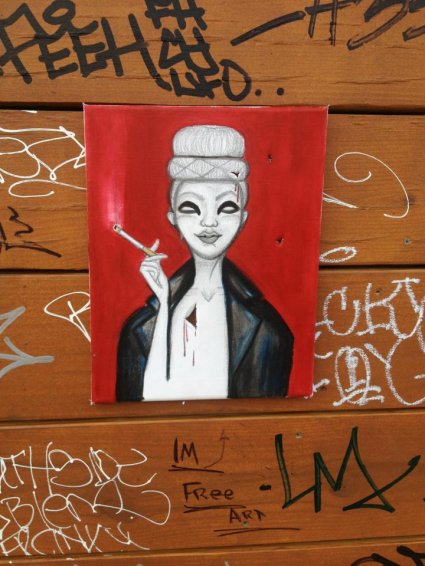
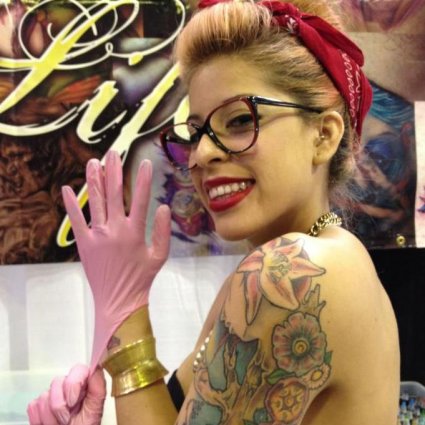
James Gandolfini - RIP

Photo of Bridget Blonde - Christian Carrera
Works by Pinkney Herbert
Herbert: Music and color can be a direct line to one’s feelings and thoughts. I attempt to visualize sounds with the energy I feel from music.”
Fredric Koeppel of the Memphis Commercial Appeal expounds on the maturation of Herbert’s long career in the following statement: “Herbert, long a creative presence and an influential teacher in Memphis, has defined his commitment to abstraction in several decades’ worth of paintings and drawings that teem with energy so compelling that the whirling, tornado-like vortexes that comprise his central motif seem to suck viewers into their maelstroms – or blow them out of the gallery…. Now (in the drawings) there’s a quality that could almost be called contemplative.”
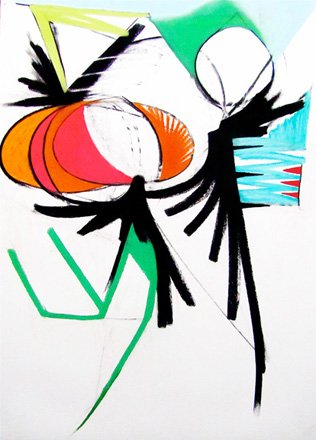
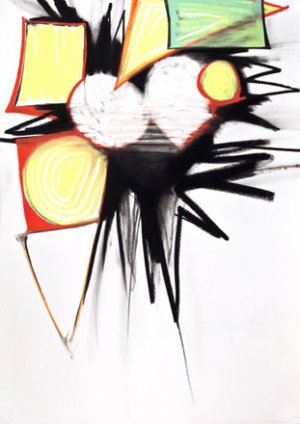
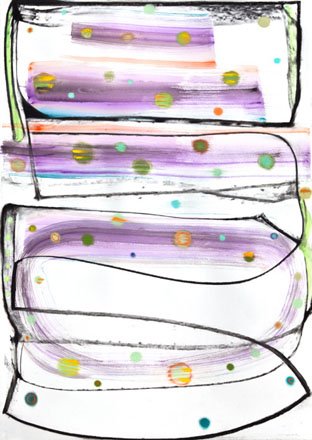
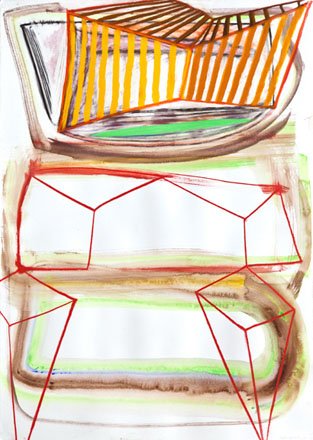
Catty Barbie
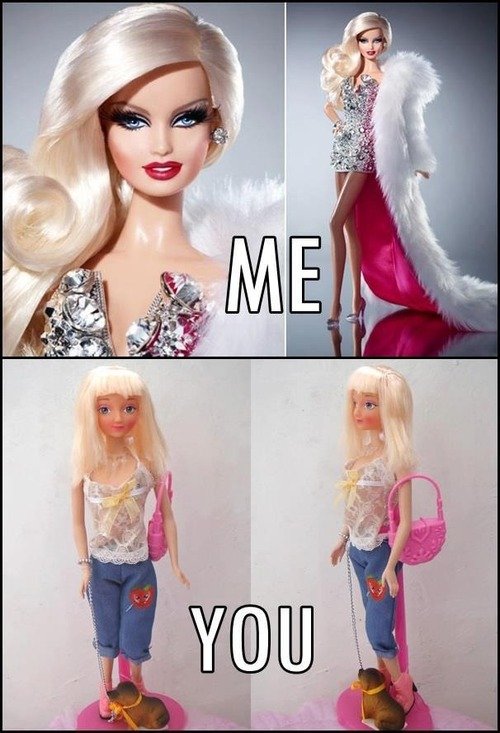
Harrison Ford - Never the Hottest
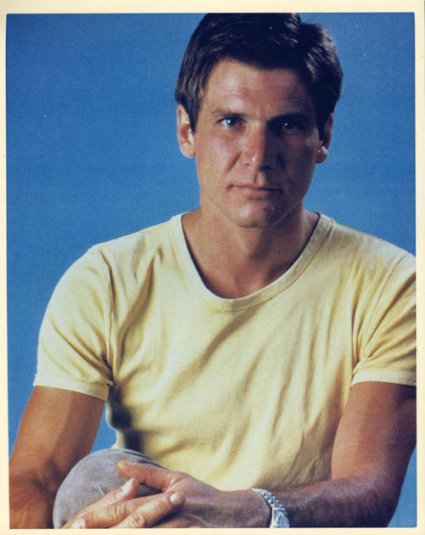
Interview with Onajide Shabaka
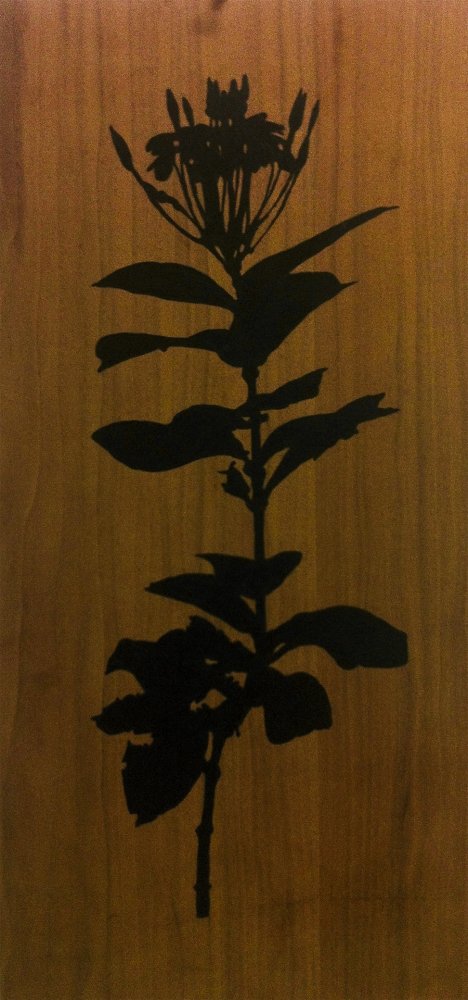
Can you talk a bit about your career to date please
The first show I had was in 1968. There were not many opportunities in Los Angeles, where I was living at the time. From about 1975 until 1989 I was in hiatus, so to speak. I had gone into making clothes, doing fashion design for men and women based on African and Asian styles in construction and also using tie-dye batik. I used natural fibers. In the 70s people wore polyester and I hate that stuff. I was doing the clothing and then I started racing bicycles. I was in Italy when I made the decision to do art again. I was there for six months to work and race bicycles. The reason for my hiatus was racism. I walked into a couple of galleries in California and their attitude was “what the fuck do you want?” I really got rude responses.
If you are getting these kinds of responses from galleries then obviously that is a hard road for a young person. You are spending thousands of dollars for an art education and then have no opportunity. I was always interested in exhibiting in museums because they seemed to be more open to exhibiting a variety of things. In the 70s museums were organized differently from now though. I lived in California for 19 years. I am originally from Ohio. When I came to Florida, I came to visit relatives. I came to visit in Fort Pierce and even though it was backwater compared to San Francisco there was something very nice about the place and I liked it so I decided I was going to move there. I have been in Miami since 1994.
What was the art scene like in Miami in the 90s?
Not very much. There was a little bit going on . I was living in Coconut Grove and I had met a couple of people that were involved in educational community projects. I tried to do my own art practice and I was in the gallery of a Haitian dealer and collector who was here for a short while. Otherwise I did mostly shows in the library system. Galleries did not seem to be interested in the subject of my art practice. A lot of it deals with African-American culture and the African Diaspora in general and there is a relationship to Florida.
That has changed though. Museums and collectors now own your work.
My work is in a few museums now . The Museum of Contemporary Art in North Miami, The Vero Beach Museum of Art and I have work in the collection of the Washington State Arts Commission and a few colleges and private collections.
Do you think the educational aspect of your work deters galleries?
Well, galleries I think are changing but back then racism was involved, I hate to say it. That is part of it. A commercial gallery has to find collectors and you do not see many African American artists in any galleries. I am talking specifically about Miami. I think that my art practice has been pretty much the same but my working methods have changed.
Do you have a preferred medium?
I have a bachelors degree in photography but over the last few years I have been doing less and less photography. I did not really think about it. I did a solo exhibition at the FIU downtown Fort Lauderdale campus. Bonnie Clearwater saw some of the works like the video and she liked those.
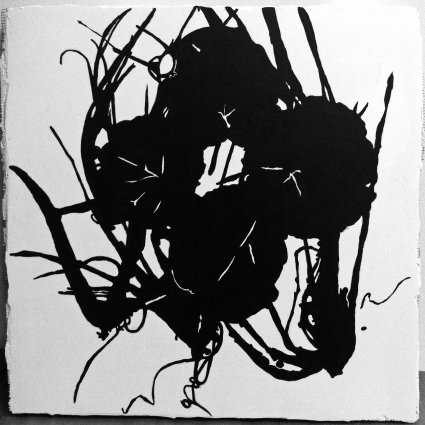
How much video art have you done?
Honestly, not a lot. I did about ten pieces for my solo show but I think only three of them were any good and I was really kind of surprised about the one that MOCA collected . Nobody had really seen any videos of me so there was no way I was able to judge what kind of reaction I was going to get. I had never done any or shown any. Then, all of a sudden, I hear “oh this is great.”
What attracted you to doing video?
I wanted to do video a long time ago and I tried to do some but I really did not have a good camera. Then somebody was saying someone made a feature length film with an iPhone so I said, oh I can use my phone.
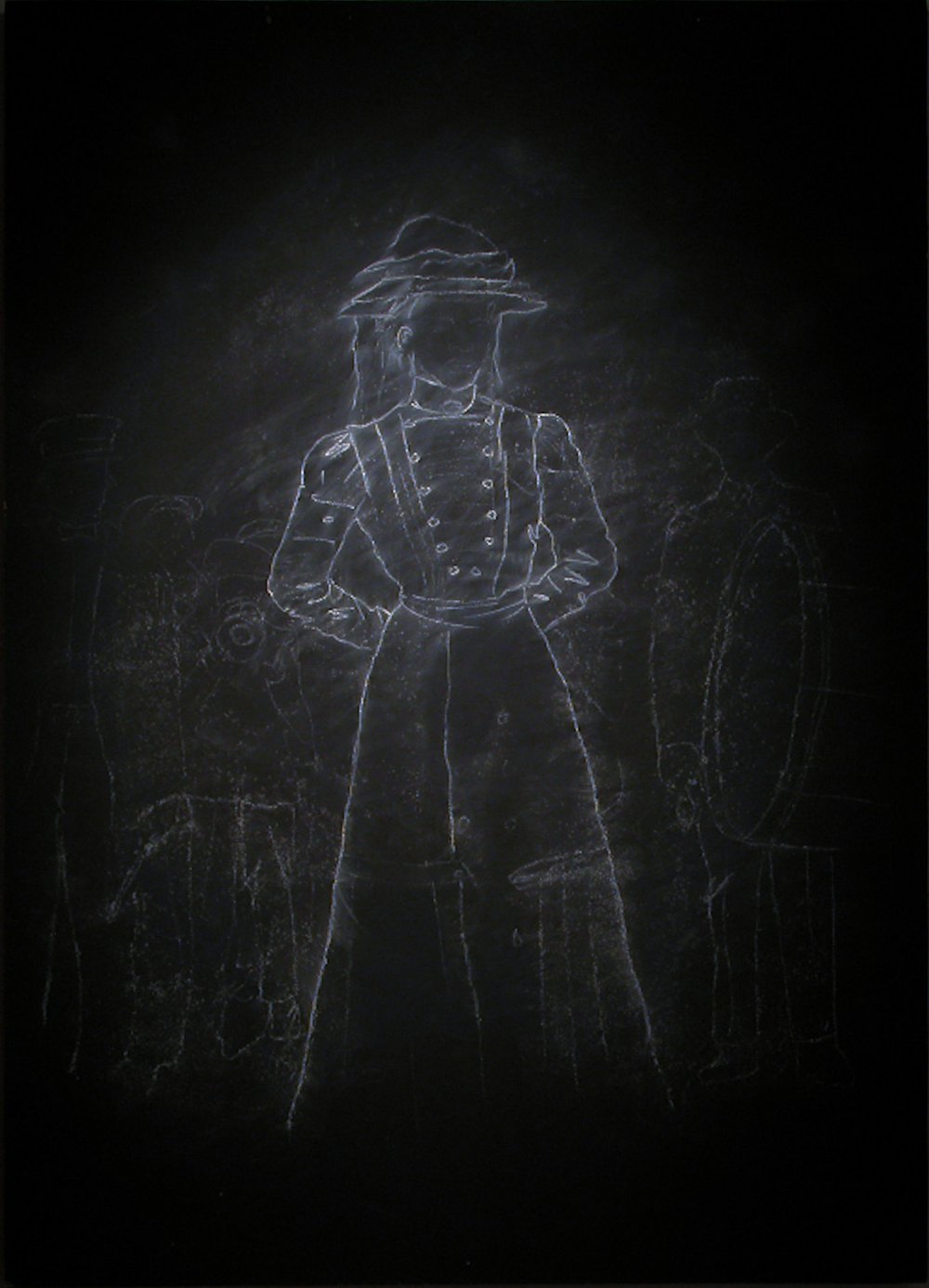
A lot of your work has a historic aspect to it. Can you elaborate?
It used to be just an idea but now, for me, like the video that you saw, Florida is the conjunction where Southern African American, Caribbean and African Diaspora all meet. If you look at the coast line of West Africa it is very similar, with lots of mangroves . It enabled me to rethink the landscape there in a fictional way but also because it is very desolate lots of animals and it is pristine . Now it is getting encroached by buildings on the edges but still you can see areas where there are no buildings. You can still play with ideas.
Was your approach from a standpoint of documenting and researching African Diaspora history in Florida or about Florida in general?
I was thinking more of the Diaspora . Florida has an interesting history. A lot of Africans went to Cuba and Haiti from here and even the Bahamas. In the period of time between Spanish rule and British rule . It was interesting in the sense that people migrated in different ways. My family moved here in the 1920sand Florida had not really been part of the United States for that long. I am thinking about the native population and what kind of interaction would have happened with the native population away from the Euro American communities.
What are you currently working on?
I am still looking into botanicals. Most things are kind of related to herbal medicines and foods but I am doing them in silhouetted shapes so you don’t really know exactly what they are unless you are really familiar with the plants. They just become forms. I also want to continue working with more figurative pieces, which is the reason why I was interested in the Dawoud Bey show. I have been surreptitiously been taking pictures of people on the bus and I use them for a bunch of silhouettes.
You curated a show in the Design District that opened on June 8. Tell me about your initial idea for the group show “Dirt”
William Cordova and I were having a conversation and somehow the conversation turned to dirt and the significance of dirt in various cultures. I was telling him that I had been to Minnesota years ago, around 1999, and had collected dirt and actually shipped some of it back to myself including some bricks from a building that was part of a mineshaft. We went our separate ways and I kept thinking about that conversation and thought that I should curate a show about dirt.
What did you do with the dirt you collected in Minnesota?
Some is in a box and in a milk crate and it is still here. I have not even opened it because I had been back several times and I got more dirt so I have collected dirt several times.
Why did you originally think of collecting it and bringing it back with you?
Because it was beautiful. It is red because of the iron in the soil in Minnesota. It was really fine and I wanted to mix it with some water and use it for painting or something like that. So that was the original idea.
How did you choose the artists for “Dirt?”
I had a gallery in Wynwood and I still have the website so I was using that as a curatorial project, called ArtLab 33 so I sent out a call through that website and there are four artists in the show from that call. David Rohn and Alette Simmons I have known for some time. The other people, I asked. Edouard Duval Carrié, he works with bacteria. He has used microscope images of bacteria. The two photographers from Arizona I met online many years ago. Kim Nicolini I have known so I asked her.
What concept did you give them?
I just gave them a little paragraph when I did the call. Any and all concepts about dirt. Even though there is a lot of literal dirt here. When I was doing the research, this goes back to the title of the show, I saw that in the Philippines for instance there is a whole culture around dirt. Especially women use dirt as pigment for tie-dye pieces. In Haiti people were eating dirt, pregnant women were eating dirt for the nutritional value it provides and women in the Southern United States as well. I remember my family talking about that a long time ago. It wasn’t about the literal. It’s like Robert Chambers talking about the one grain or one little spec of dirt transformed into a solid block of marble.
Can you tell me the meaning of your name?
I legally changed my name in the 70s. My brother had a friend who was a Nigerian boxer by the name of Sugar Ray Adegun, who was one of the African champion boxers. He gave me that name. It means “The Artist Returns.”
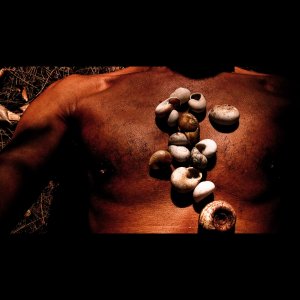
INTRO by Alan Gutierrez at Emerson Dorsch
Spiritual Practice
Frederic Brussat100 Ways to Keep Your Soul Alive
